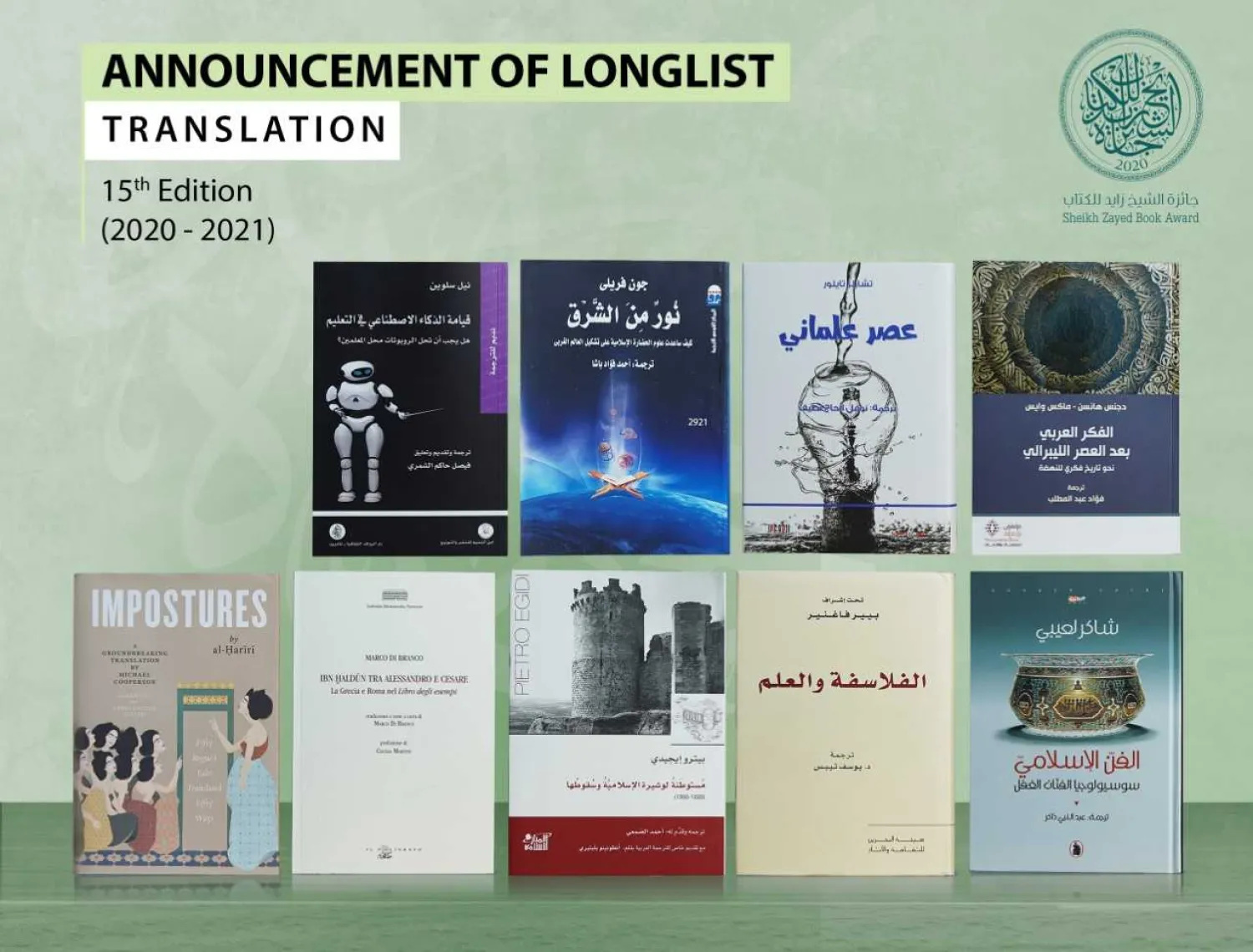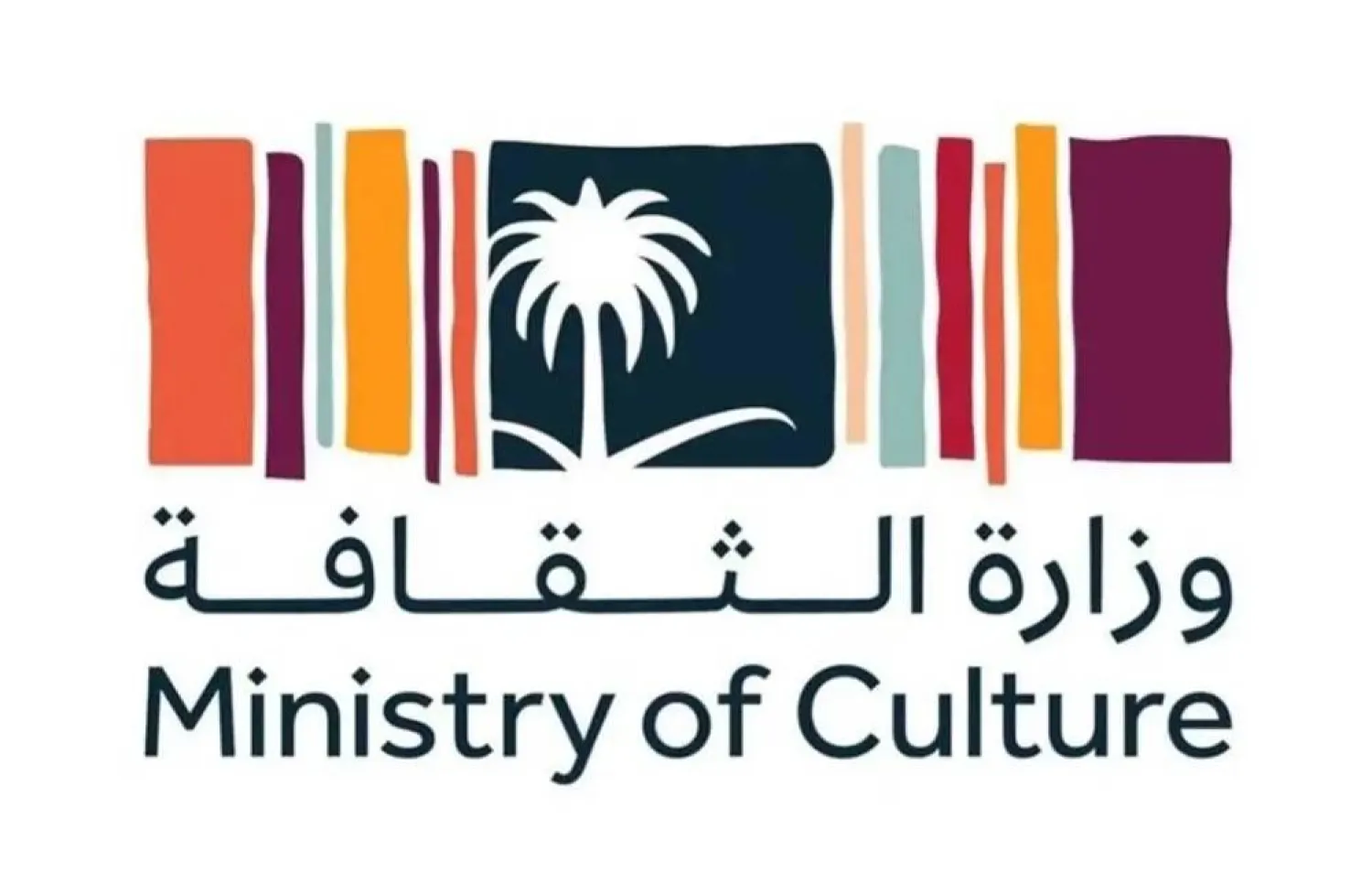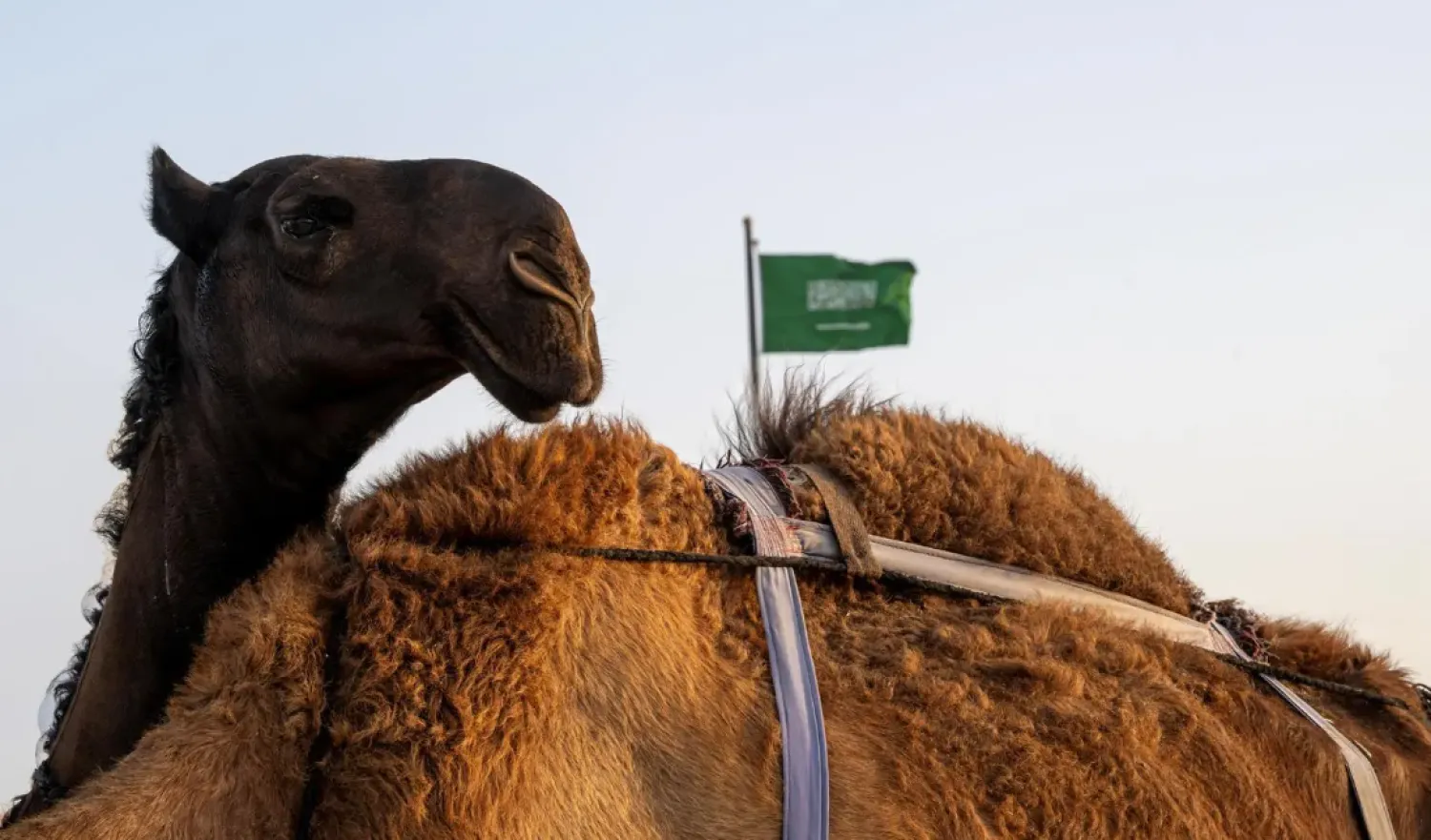The Department of Culture and Tourism Abu Dhabi has announced the Sheikh Zayed Book Award, SZBA, longlist for the ‘Translation’ category, which welcomed 175 entries this year.
The Translation longlist for 2020/2021 contains nine titles translated from Arabic, English, French and Italian, representing the works of translators based in Morocco, Tunisia, Saudi Arabia, Egypt, Syria, Italy and the USA, state news agency WAM reported.
The English language has the highest number of selections, with five books in total – one translated from Arabic into English and four translated from English into Arabic: Impostures by Al-Hariri and translated to English by Michael Cooperson from the USA; Arabic Thought Beyond the Liberal Age: Towards an Intellectual History of the Nahda by Jens Hanssen and Max Weiss, and translated by Dr. Fuad Abdulmuttaleb from Syria; A Secular Age by Charles Taylor and translated by Naoufel Haj Ltaief from Tunisia; Light from the East: How the Science of Medieval Islam helped to shape the Western World by John Freely and translated by Ahmed Fouad Basha from Egypt; andShould Robots Replace Teachers? A.I. and the Future of Education by Neil Selwyn and translated by Faisal Hakem Al-Shammari from Saudi Arabia.
The longlist features two books translated from French into Arabic: 'L’Art Islamique Approche sociologique de l’anonymat de l’artiste' by Shakir Luaybi and translated by Abdenbi Dakir from Morocco and 'Les philosophes et la science' by Pierre Wagner and translated by Dr. Youssef Tibesse from Morocco.
The longlist also includes a book translated from Italian into Arabic, and an Arabic book that was translated into Italian: 'La Colonia saracena di Lucera: e La sua distruzione' by Pietro Egidi and translated to Arabic by Ahmed Somai from Tunisia; and 'Ibn Haldun tra Alessandro e Cesare La Grecia e Roma nel Libro degli esempi' by Ibn Khaldun and translated to Italian by Marco Di Branco from Italy.
The Sheikh Zayed Book Award will be revealing the longlists of the remaining categories over the coming weeks, commencing the second phase, when the panel of judges will evaluate the longlisted books.
The panel will then share its reports with the Scientific Committee, which will review the books and announce the shortlists to be evaluated by the Board of Trustees in order to select the winners.









